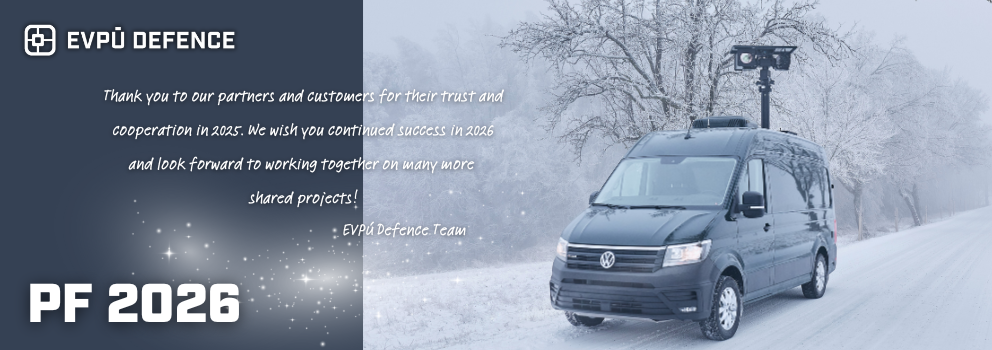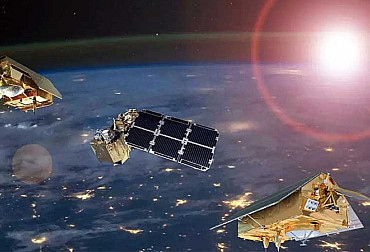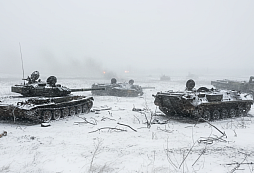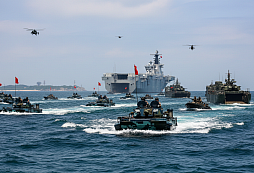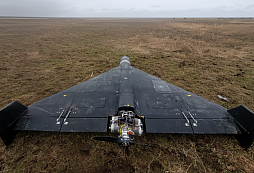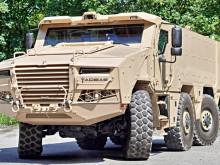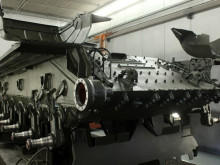Military mobility in the EU/NATO
In the simplest terms, military mobility can be characterised as the freedom of movement of the armed forces. What does military mobility actually entail and what are the challenges in this area? Currently, the Czech Republic is an active member of the "Military Mobility" project within the framework of PESCO (Permament Structured Cooperation), which is a permanent EU cooperation in the field of defence and security. All PESCO member states are involved in this project except Ireland (Denmark and Malta are not part of PESCO).
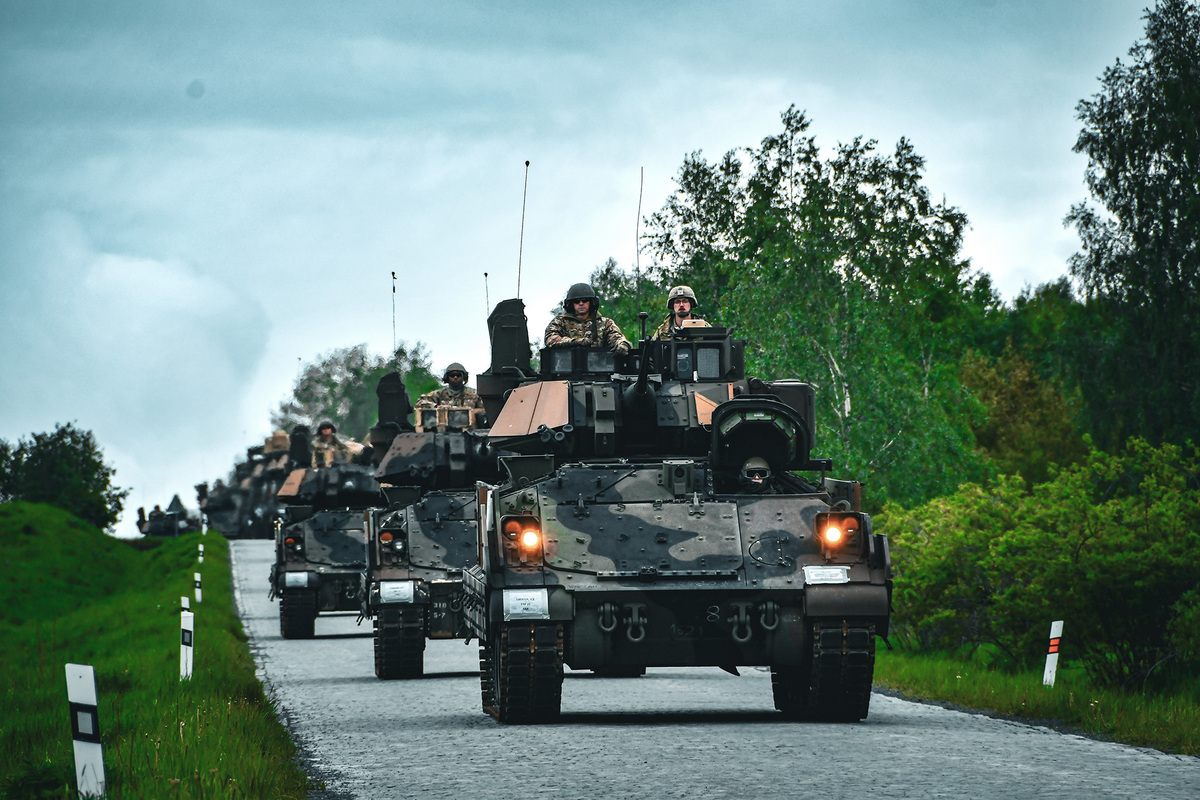
Removing legislative barriers
The purpose of this project is to standardise and remove legislative and other obstacles to the cross-border movement of troops between EU Member States. The main benefit of the project should be to speed up the movement of troops across Europe, which has direct implications for the provision of mutual assistance between EU countries and within NATO. In this context, it is worth recalling Article 5 of the North Atlantic Treaty, in which the parties agree to provide the necessary assistance, including the use of armed force, to the invaded member state in order to restore and maintain the security of the North Atlantic area.
In order for this assistance to be provided as quickly as possible and in the quantities required, a number of preconditions must be met. Among those that should not be too costly are the adaptation of existing legislation to meet the requirements for the smooth passage of troops or the provision of other assistance by EU (NATO) Member States. is currently working to minimise the administrative burden and duplication of customs procedures for border crossings by EU/NATO forces and assets, with an emphasis on the creation of a single digitised 'EU FORM 302' form to indicate the main requirements not only for border crossings but also for movements through national territory. Another objective is to agree with NATO to unify customs procedures and to resolve the rights to the "FORM 302" form, which is NATO's intellectual property.
Transport infrastructure
Far greater costs will have to be allocated to the creation of the required transport infrastructure, which, even in peacetime, effectively contributes to economic development in particular. However, we should not forget about situations where we need military assistance from our allies. In the meantime, it is hardly conceivable that the collective defence system within NATO will be replaced by another format of alliance cooperation. Therefore, when planning and implementing modifications to the existing road and rail network, it will be necessary to take into account the requirements arising from the technical and tactical characteristics of the combat equipment of the allied military units in particular.
In view of the current military-political reality, we will probably count mainly on the movement of US or German army units. In any case, the real challenge will be to adapt In order for this assistance to be provided as quickly as possible and in the quantities required, a number of prerequisites must be met. Among those that should not be too costly are the adaptation of existing legislation to meet the requirements for the smooth passage of troops or the provision of other assistance by EU (NATO) Member States. is working to minimise the administrative burden and duplication of customs procedures for border crossings by EU/NATO forces and assets, with an emphasis on the creation of a single digitised 'EU FORM 302' form for the movement of key combat equipment, including tanks, which are characterised by, among other things, their high weight and will therefore be an important benchmark for assessing the transit or transportability of allied of allied troops.
Lack of sufficient capacity
But what is the current situation? According to the European Commission, the EU's road transport infrastructure does not provide sufficient capacity to move large numbers of forces and assets in peacetime. The essential capacity for strategic transport within the EU is rail transport. However, its transport capacity is currently insufficient, especially in terms of the availability of rail freight wagons for the transport of tracked and wheeled equipment. This is not only a problem of the increase in weight, especially of tanks and armoured personnel carriers, but also of their size, i.e. the contours of the vehicles. Another important factor will be the total number of equipment to be transported or even the number of soldiers, for whose transport the required capacities may be lacking. On the one hand, we are aware of the real shortcomings; on the other hand, financial resources play an important role. Recently, even in the EU, there has not been much willingness to invest in transport infrastructure projects in line with military needs. An example of this is the non-acceptance of military requirements for the establishment of permanent bridges with a load capacity (MLC) of 130 tonnes. The EU also does not consider the use of river transport to be an important mode of transport in terms of military requirements. As regards the legislative situation within the Czech Republic, changes to Act No 266/1994 Coll. on Railways and Act No 13/1997 Coll. on Roads need to be enforced in line with the needs of the armed forces.
The ability to manoeuvre has long been an essential prerequisite for the successful fulfilment of operational requirements and combat objectives. We must also realise that the security of the Czech Republic is not only the responsibility of the Ministry of Defence, but also of other ministries and therefore requires appropriate synergy and common interest. It should literally be a matter for all of us to ensure a credible capability of the state to defend itself and to create conditions for the involvement of the state defence forces in the collective defence organisation of NATO member states.


